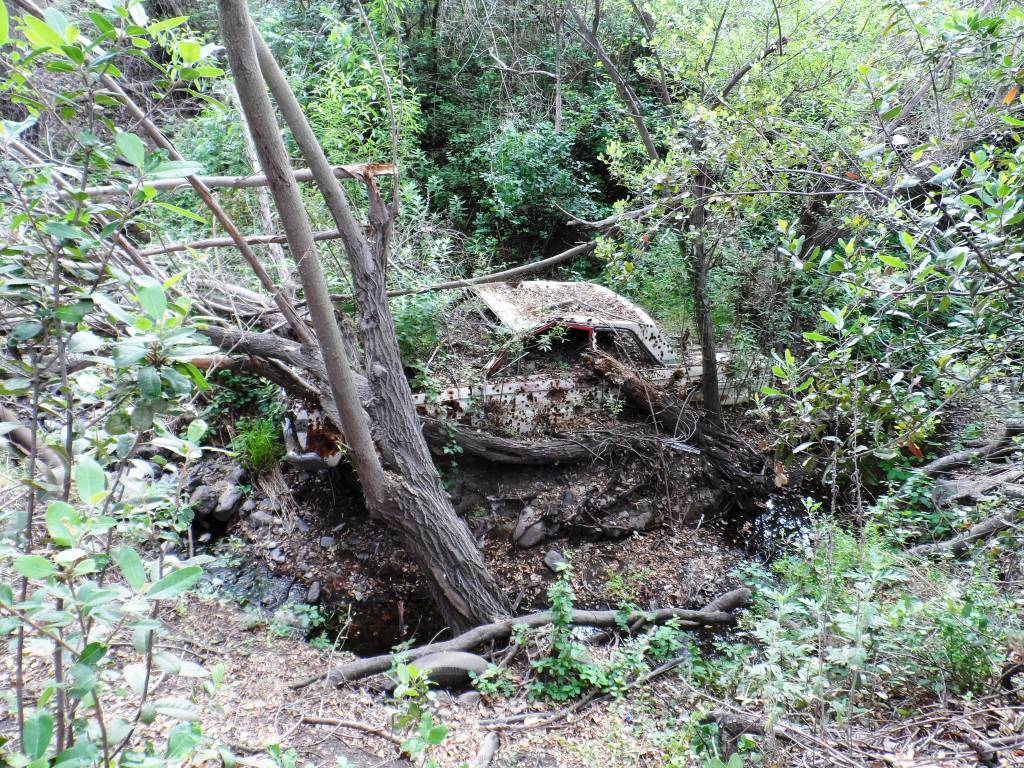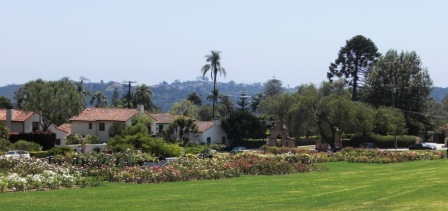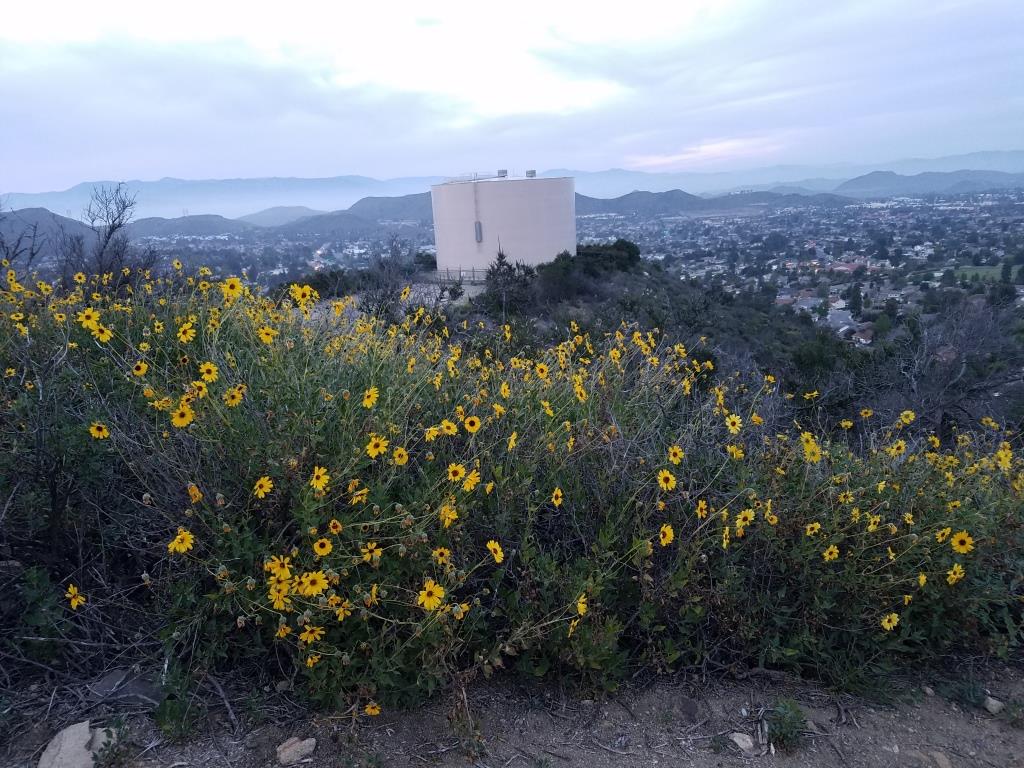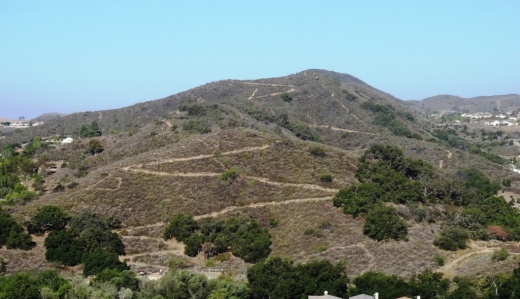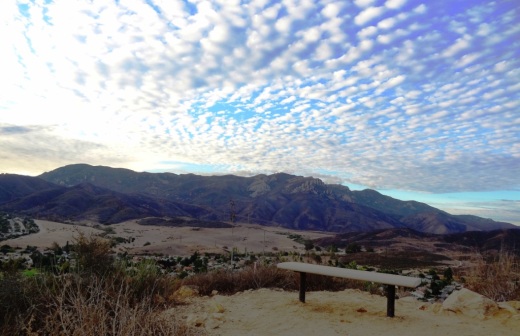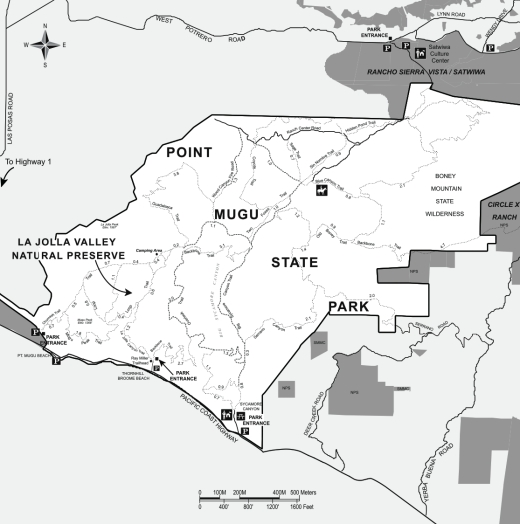Western Plateau Trail Loop Hike From Newbury Park
/If you're looking for a trail a bit off the beaten path, check out the Western Plateau Loop from Conejo Center Drive in Newbury Park.
The trailhead for this hike is adjacent to the City of Thousand Oaks Household Hazardous Waste Facility at 2010 Conejo Center Drive, Newbury Park. You can park in the dirt lot next to the trailhead and head on your way.
The trailhead on Conejo Center Drive.
It is mostly downhill over the first half mile or so of this 5 mile round-trip hike until you get to the Hawk Canyon Trail turnoff.
You can either go straight from here and do a clockwise loop via the Western Plateau Trail or you can turn right on Hawk Canyon, which is a direct route to the Conejo Canyons Bridge.
Hawk Canyon Trail is a fairly narrow, mostly single-track trail.
The Hawk Canyon Trail is a fun, narrow trail surrounding by trees and other vegetation, like you're in the middle of nowhere. There's an old car in a crevice as you approach the Conejo Canyons towards Santa Rosa Valley.
Odd to see this old car out in the middle of nowhere. steep embankment makes it somewhat challenging reaching it.
Bring a snack and sit at a picnic table in the middle of what feels to be nowhere. Then either head back the way you came or find your way to the Western Plateau Trail and loop back counter-clockwise back towards where you parked.
See the Conejo Open Space Foundation's map of this trail at cosf.org/trails/conejo-canyons/conejo-canyons-moderate-hike-western-plateau-loop-from-conejo-center-dr
It can get a bit overgrown in the spring as seen here on the Hawk Canyon Trail but quite beautiful nonetheless!




